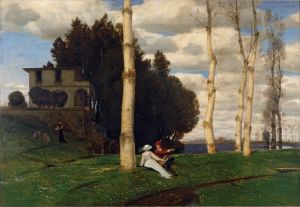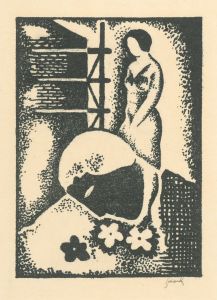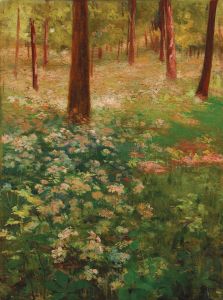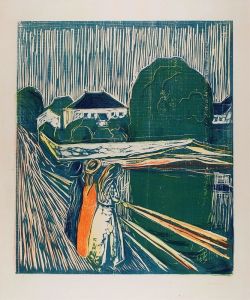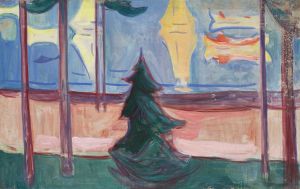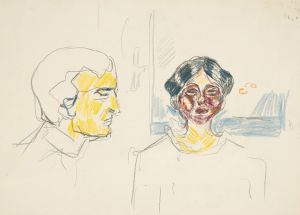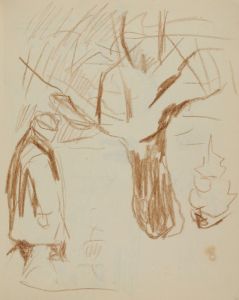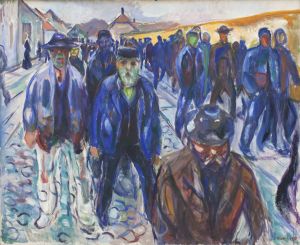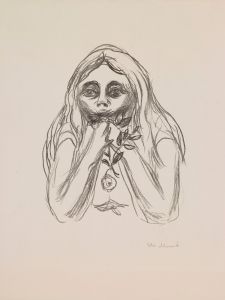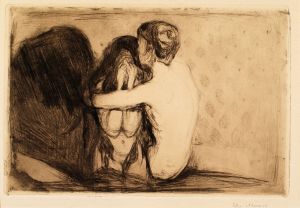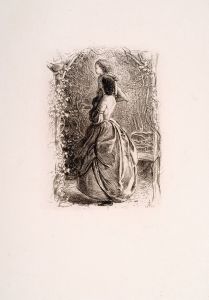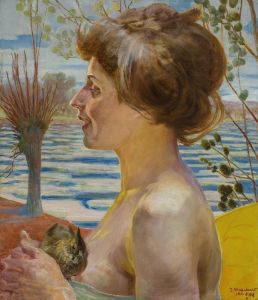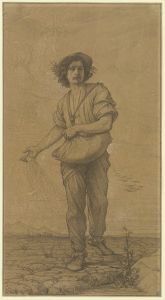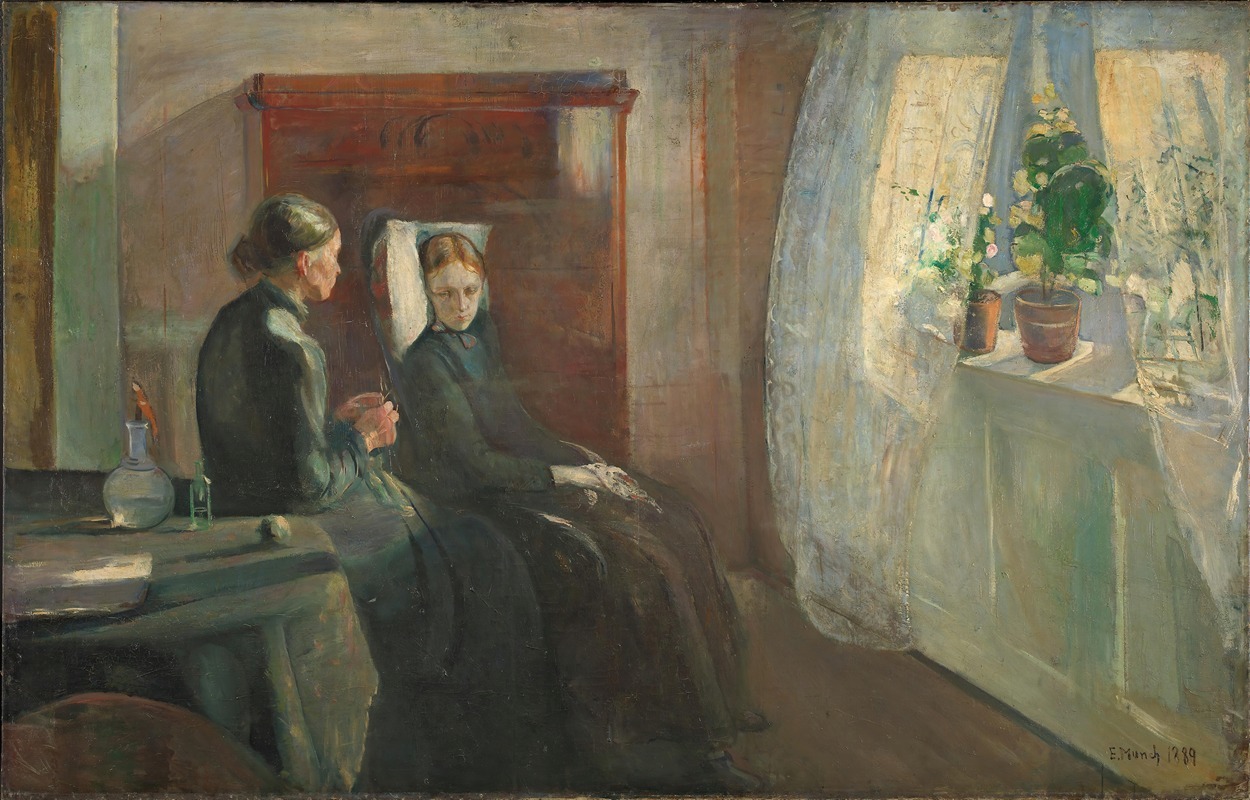
Spring
A hand-painted replica of Edvard Munch’s masterpiece Spring, meticulously crafted by professional artists to capture the true essence of the original. Each piece is created with museum-quality canvas and rare mineral pigments, carefully painted by experienced artists with delicate brushstrokes and rich, layered colors to perfectly recreate the texture of the original artwork. Unlike machine-printed reproductions, this hand-painted version brings the painting to life, infused with the artist’s emotions and skill in every stroke. Whether for personal collection or home decoration, it instantly elevates the artistic atmosphere of any space.
Edvard Munch's painting Spring (Våren in Norwegian) is an early work by the renowned Norwegian artist, completed in 1889. This painting is considered one of Munch's significant early achievements, created during a period when he was exploring themes of human emotion and the fragility of life. Spring reflects Munch's interest in realism and his ability to convey mood and atmosphere through his use of color and composition.
The painting depicts a domestic interior scene, showing a young woman seated near a window, bathed in soft natural light. The woman appears to be convalescing, as she is seated in a chair with a blanket draped over her lap. The room is modestly furnished, with a table holding a vase of flowers and a few other objects. The open window allows light and air to enter the room, symbolizing renewal and hope, which are often associated with the season of spring. The delicate interplay of light and shadow in the painting highlights Munch's skill in capturing the subtleties of atmosphere and emotion.
Spring was created during a time when Munch was influenced by naturalism and the works of other Scandinavian artists. The painting reflects the influence of Christian Krohg, a prominent Norwegian realist painter, who encouraged Munch to focus on everyday scenes and the human condition. This work also predates Munch's later, more symbolic and expressionist style, which he became famous for in the 1890s and beyond.
The painting was exhibited at the World Exhibition in Paris in 1889, where it received positive attention. This marked an important milestone in Munch's career, as it helped establish his reputation as a promising young artist. The themes of illness and recovery seen in Spring would later reappear in Munch's work, as he often drew upon personal experiences and universal human struggles in his art.
Today, Spring is part of the collection of the National Museum of Art, Architecture and Design in Oslo, Norway. It remains an important example of Munch's early work and provides insight into his development as an artist. The painting is appreciated for its emotional depth and its ability to convey a sense of hope and renewal, themes that resonate with viewers even today.





